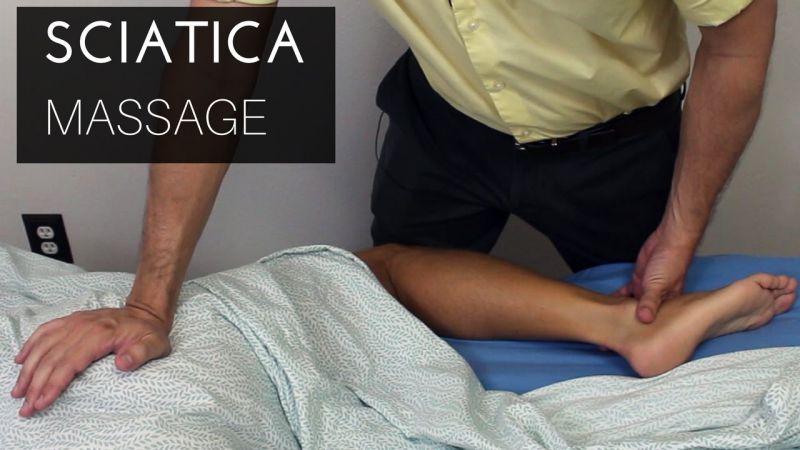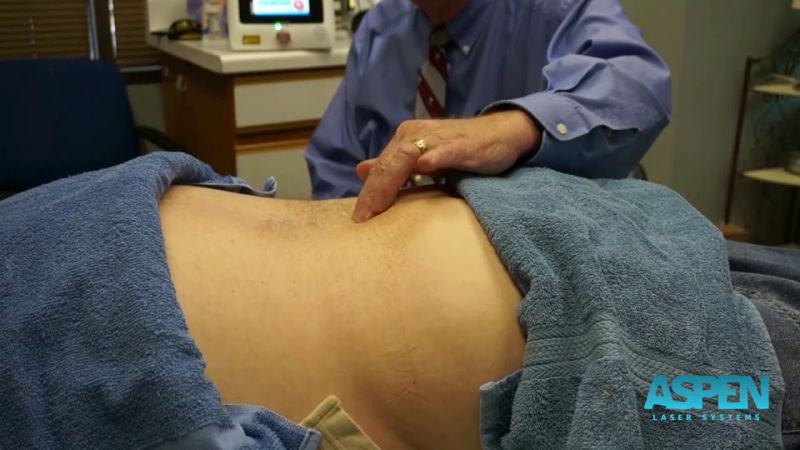In this article, we are going to guide you about What Exercises Can You Do for Lower Back Pain – 11 Exercises which are very helpful for you.
Table of Contents
- 1 What Can You Do For Lower Back Pain Relief – 11 Best Exercises:
- 1.1 Skip the Toe Touches
- 1.2 Pain Relief: Try Partial Crunches
- 1.3 Skip the Sit-Ups
- 1.4 Hamstring Stretches
- 1.5 Avoid Leg Lifts
- 1.6 Wall Sits
- 1.7 Press-up Back Extensions
- 1.8 Bird Dog
- 1.9 Knee to Chest
- 1.10 Pelvic Tilts
- 1.11 Glute Bridges (Bridging)
- 1.12 Carefully Choose a Weight Lifting Regimen
- 1.13 Aerobic Exercises
- 1.14 Some Pilates
What Can You Do For Lower Back Pain Relief – 11 Best Exercises:
You know it each time you turn over or stand up. It’s that groan-inspiring ache that shoots by your lower back and never appears to fully go continuously.
Sometimes called lumbago or spondylosis, lower back pain is one of the most popular models of chronic pain among grown-ups.
Maybe you’ve been sleeping, hoping the back pain just requires time to recover. But most doctors now support lower back pain patients to get ready and transfer their backs and associated muscles as better pain relief medication.
The transfer can support and relieve back pain, but only in the right class; withdraw workouts that put too much tension and strain on the back.
So which applications should you wish? That partly depends on how severe your pain is, and what effects it has. So, you should forever get the order of your doctor before any huge struggle with lower back pain.
The following slides offer many easy exercises that can help relieve lower back pain and also highlight a few actions to avoid.
With your doctor’s permission, adding these moves to your workout routine can free you from your nagging, daily pain, leading to greater overall health.
Skip the Toe Touches
Fitness is often an excellent strategy for back pain, but some actions offer you little health advantage.
Toe effects from a standing position can exacerbate sciatica and other diseases by overstressing ligaments and spinal disks. Another reason for the interest is the way standing toe pressures can overstretch hamstrings and muscles in your deeper back.
How Much Pain Is Too Much?
Some mild pain and pain can be demanded anytime you start a new workout. As you work your way back to better health and your muscles grow, that pain and trouble should leave.
But when a fitness routine creates moderate or severe pain symptoms that last longer than 15 minutes, you should end the exercise and reduce in with your doctor.
Pain Relief: Try Partial Crunches
One of the traditional core-strengthening workouts is the unfinished stomach crunch. Partial difficulties build strength in both your lower back and mentioned stomach muscles, making this an excellent exercise for people with spondylosis.
Here’s how to get the most out of incomplete crunches:
- Lie back and put your feet flat on the ground with your knees flexed.
- With your hands back on your head or with arms passed around your chest, up to your shoulders from the floor. Make sure to keep your stomach muscles strong.
- Breathe out while supporting your shoulders. Avoid leading with your curves (or yanking your neck off the floor with your arms).
- Hold for one second. Next, lower yourself back down to the floor in a controlled way.
- copy with between eight and 12 copies. Remember to happen proper form, which limits excessive spine stress. Keep your feet, tailbone, and lower back on the floor to complete the exercise.
Skip the Sit-Ups
Sit-ups are a fitness model, but they’re not as great at growing your core as you may think.
Although most people see sit-ups as a stomach-strengthening project, in reality, people usually use their hip muscles more than their stomachs when performing this exercise.
Not only are they a bad option for core power, but sit-ups create stress on spinal disks, which can lead to damage by extending your lower back pain rather than reducing it.
To keep good health and develop low back pain, try more proper workouts like the ones outlined extra on.
Hamstring Stretches
Hamstring stretches reduce the back of the leg, where some of the muscles that help the work of the lower spine are detected. As shown in the photo, this is a stretch that profits from the use of a towel or keeping a band.
To do a hamstring stretch, support these moves:
- First, lie on your back with one knee bent.
- Next, attach a towel underneath the ball of the foot on the unbent leg.
- Pull back on the towel casually, ordering your knee. You ought to feel a moderate stretch along the back of your leg.
- Keep the stretch for at least 15-30 seconds.
- For each leg, duplicate 5 times.
Avoid Leg Lifts
Once in a while, leg lifts are recommended as useful methods for lower back pain. That’s because they support strengthening abdominal muscles, which play an essential part in back health.
Unluckily, lying on your back and raising both legs together can worsen back pain, and could cause damage.
Alternatively, of relying on leg lifts for more stable spine health, try this changed leg lift for lower back pain:
- First, lie on your back. Move one leg straight, and give the other leg at the knee.
- Next, lift the right leg slowly up about six bits from the ground and shortly hold it in this position.
- Lastly, slowly lower the leg.
- Repeat 10 times with the left leg, then turn to the right leg.
Wall Sits
When it becomes too low back pain, try some wall sits as a break from lying on the couch. To do these wall sits correctly and without damage, follow these actions:
- Compete with your back facing the wall at a range of about 10 to 12 inches.
- Punctiliously lean into the wall until your spine is flat toward it.
- Slide down the wall casually until your knees are bent slightly. Continue to push your low back into the wall.
- Hold this place for a count of 10, then exactly slide it back up the wall. copy 8 to 12 times.
Press-up Back Extensions
Another method for back pain symptoms is press-up back expansion. Here are the levels:
- Lie on your stomach. Place your hands immediately underneath your shoulders.
- Shift down on your hands. You should feel your shoulders begin to lift apart from the floor.
- If you can do so comfortably, set your elbows on the floor immediately beneath your shoulders. Then spend some seconds holding this post.
Bird Dog
It’s a game! It’s a dog! No, it’s a fitness method to ease low back pain! The bird dog is an excellent way to learn to maintain the low back during moves of the arms and legs. Here’s how it is done:
- To start, get on your hands and knees.
- Contract your abdominal muscles.
- With one leg, lift and stretch it behind you while holding your hips level.
- Keep that situation for a full five seconds.
- Now turn to the other leg.
- For each leg, return eight to 12 times. For an attached challenge, try increasing the time you take each lift.
- For each copy, try lifting and reaching your different arm in front of you.
- Don’t enable your lower back muscles to sag.
- Wait in position—don’t lift your arms or legs any more powerfully than the low back condition can maintain.
Knee to Chest
Here’s another method to get your legs drawn as a treatment for low back pain signs. Follow these ways to make a safe knee-to-chest workout.
- Lie on your back. Put your feet flat on the floor and give your knees.
- Draw your right knee up to your chest. Keep the remaining foot flat toward the floor.
- Hold for 15-30 seconds. Meanwhile, be certain to keep your lower back flat on the floor.
- Next, lower your right knee. Copy the routine with the left leg.
- For each leg, do knee-to-chest two to four times.
Pelvic Tilts
Before back pain has you writhing on the ground with the common signs, try lying on your back for some pelvic drops.
This workout is composed to strengthen your pelvis, which often acts in accord with the core muscles along your backbone. Making sure your stomach can pull its fair portion means your spine pain will have one less likely cause.
- Lie with your back and top body on the floor with your knees bent. Keep your heels flat on the floor.
- Draw in your belly. Assuming your belly button is being dragged to your backbone—this supports keeping your stomach tight. Doing this, you will notice your hips rolling back as your back and spine confusion into the floor.
- Hold this action for 10 seconds, providing your breath to smoothly enter and exit your breast.
- Copy your pelvic tilts eight to 12 times.
Glute Bridges (Bridging)
Bridging gives so much for the signs of back pain. This exercise supports strengthens many supporting members of your back like the hamstrings, glutes, transverse abdominis, abdomen, and hips.
It also goes directly strengthens the lower back. Follow these levels to ensure a safe and pleasant bridge workout:
- Lie with your back to the ground, knees bent with only your feet reaching the floor.
- Dig your feet into the floor. Press down on your glutes. Lift your hips up to your shoulders, hips, and knees to make a single, continuous line.
- Take this situation for about six seconds.
- Slowly bring your hips back to the floor and give yourself about 10 seconds of rest.
- Repeat platforms eight to 12 times.
There are a pair of things to remember when bridging. First, try not to arch your lower back while your hips are going higher. Next, avoid overarching. You can do that by having your abdomen tight both before and complete the lift.
Carefully Choose a Weight Lifting Regimen
If correctly done, weight lifting will not increase your back pain. In case, you may feel that pain starts to dissolve away as weight lifting starts to strengthen your lower back and holding body parts.
However, when your back pain comes on quickly (what doctors call acute pain), the added pressure of weight exercise could put you in harm’s way, probably leading to injury.
To use weight lifting as a back-pain treatment, start by talking to your doctor. Your doctor can guide you on whether or not to lift weights. If they are approved, your physician can guide you on which workouts to stay continuously.
Aerobic Exercises
Aerobic workouts—sometimes called cardio—assist strengthen the whole cardiovascular system, from the lungs and heart down to the blood veins themselves.
Aerobics can involve biking, swimming, walking, or various other exercises that raise your heart rate and get you moving. To start, try a short assembly. Then over time, lengthen the assembly as your stamina increases.
Since back pain sometimes needs special care, try swimming as a treatment for your signs. In swimming, the water helps your body weight, providing your back a break. Be alert to avoid any strokes that need your body to twist.
Some Pilates
A routine that includes strengthening and stretching with a center on the abdominal core appears ideal for those who suffer from back pain signs.
Pilates is a training workout that sometimes uses an appliance called a Reformer to emphasize versatility and endurance along with strength. But many Pilates exercises can be completed without any special equipment.
With help from an expert instructor, Pilates may support some people with low back pain. Make assured your instructor knows about your pain ahead of time, as you may require to skip some moves.


